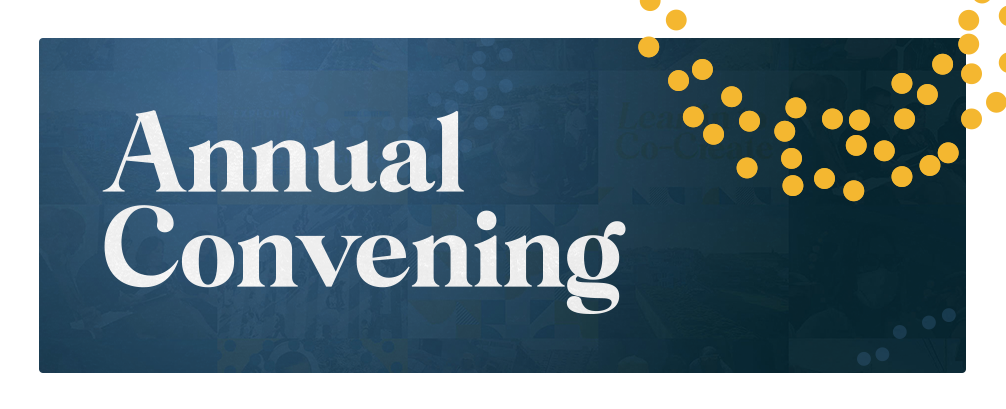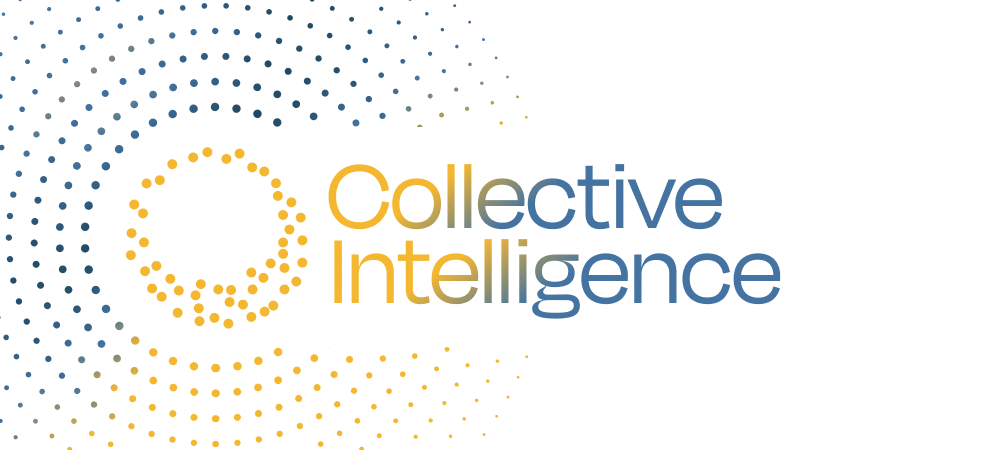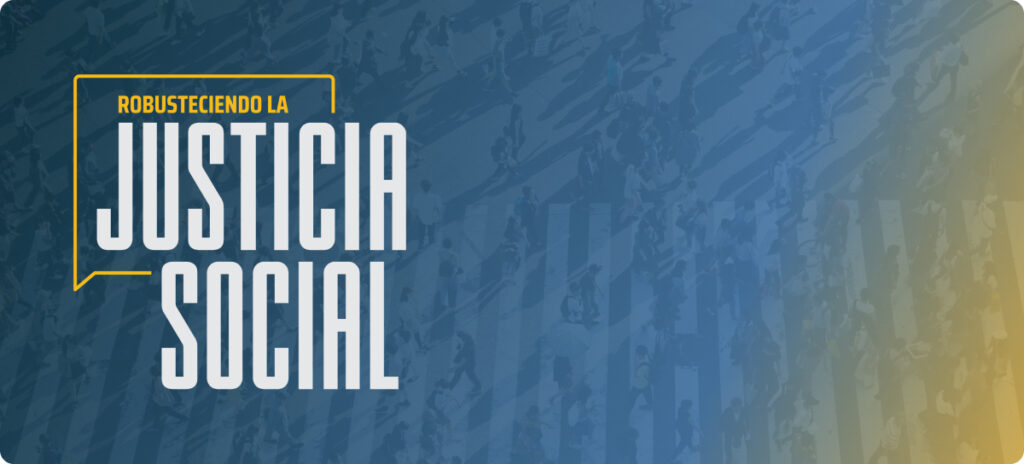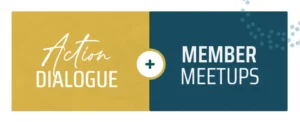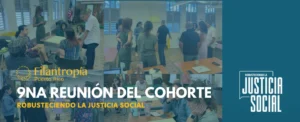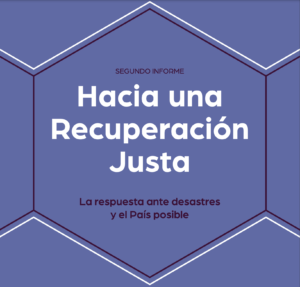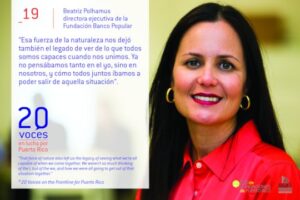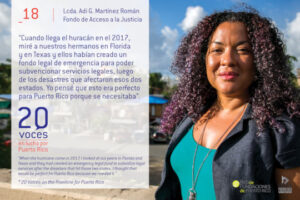FiPR News Segundo Brunch de Membresía de 2024...
Read MoreField Update: ConnectRelief
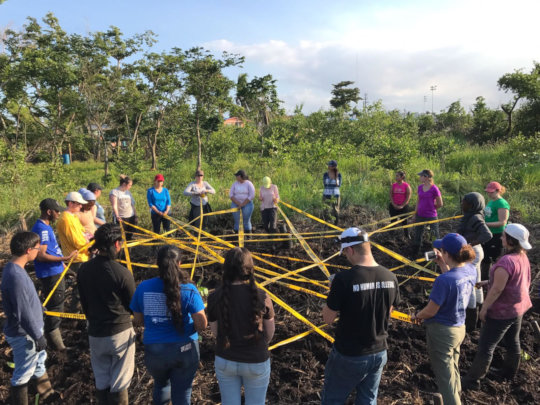

During the crisis that followed hurricanes Irma and Maria, one of the biggest challenges was effective communication, particularly between people with the resources and ability to help and communities in urgent need of supplies and assistance. Responding to this situation, the non-profit organization Caras con Causa, led by executive director Michael Fernández, recruited programmers from the technology company Propel BI to create ConnectRelief, a digital platform for collecting data after natural disasters.
Initially ConnectRelief was meant to assist the Virgin Islands with their recovery efforts after Irma. However, the arrival of Hurricane Maria a week later modified those plans and the platform was launched in Puerto Rico much sooner than anticipated.
In the six months since the storm, volunteers have collected and published data on the ConnectRelief application and website listing materials, supplies and services that are needed, divided by municipalities, communities, shelters, retirement homes, among other categories. This allows the available help to be directed to those who need it the most. By collecting all that information in one place, they also seek to avoid duplicating efforts in some communities, leaving other areas that have received less publicity unattended.
ConnectRelief collaborates with over a dozen non-profit organizations, community groups and other entities that use the platform to maximize recovery efforts, keep their information up to date, coordinate brigades and projects and recruit volunteers.
The person in charge of the ConnectRelief project, María Eugenia Soto, points to the University Sagrado Corazon (USC) in Santurce as an example of how the platform is being used as a tool to organize relief efforts. A group of students, professors, and volunteers used the application to create a census of the needs of the communities surrounding the university, particularly Villa Palmeras where they collected data from 280 families from October to December.
“With the census, we indentified needs house by house. We knew the needs of each street, of the sector, of the community, of the municipality. This strategy allowed for a better distribution of supplies, and the publication of data on the ConnectRelief page allowed people outside of Puerto Rico to know what type of supplies were needed and where to send them,” says Carmen Chazulle Rivera, director of the USC Community Liaison Center.
“It’s not just about collecting data to identify affected areas, but to actually figure out how to efficiently distribute supplies in the face of scarcity,” she adds.
Within the next hurricane season only months away, ConnectRelief’s programmers are making improvements to the application to make it more agile and easier to use. ConnectRelief is also increasing their utility by creating preparation protocols, a training plan for individuals and groups, and protocols for emergency management and reconstruction and recovery. All of these efforts are aimed at creating a public, comprehensive and transparent data base available to the government, the private sector and the nonprofit sector when facing future disaster situations.
Impact of the Forward Fund
FORWARD Puerto Rico Fund Impact of the FORWARD Fund Filantropía...
Read MoreReport: Towards a Just Recovery
Ayuda Legal Puerto Rico published the second report, which includes data,...
Read More20 Voices on the Frontline for Puerto Rico/ Voice 19: Beatriz Polhamus
20 Voices on the Frontline for Puerto Rico/ Voice 19:...
Read More20 Voices on the Frontline for Puerto Rico/ Voice 18: Adi Martínez Román
20 Voices on the Frontline for Puerto Rico/ Voice 18:...
Read More
